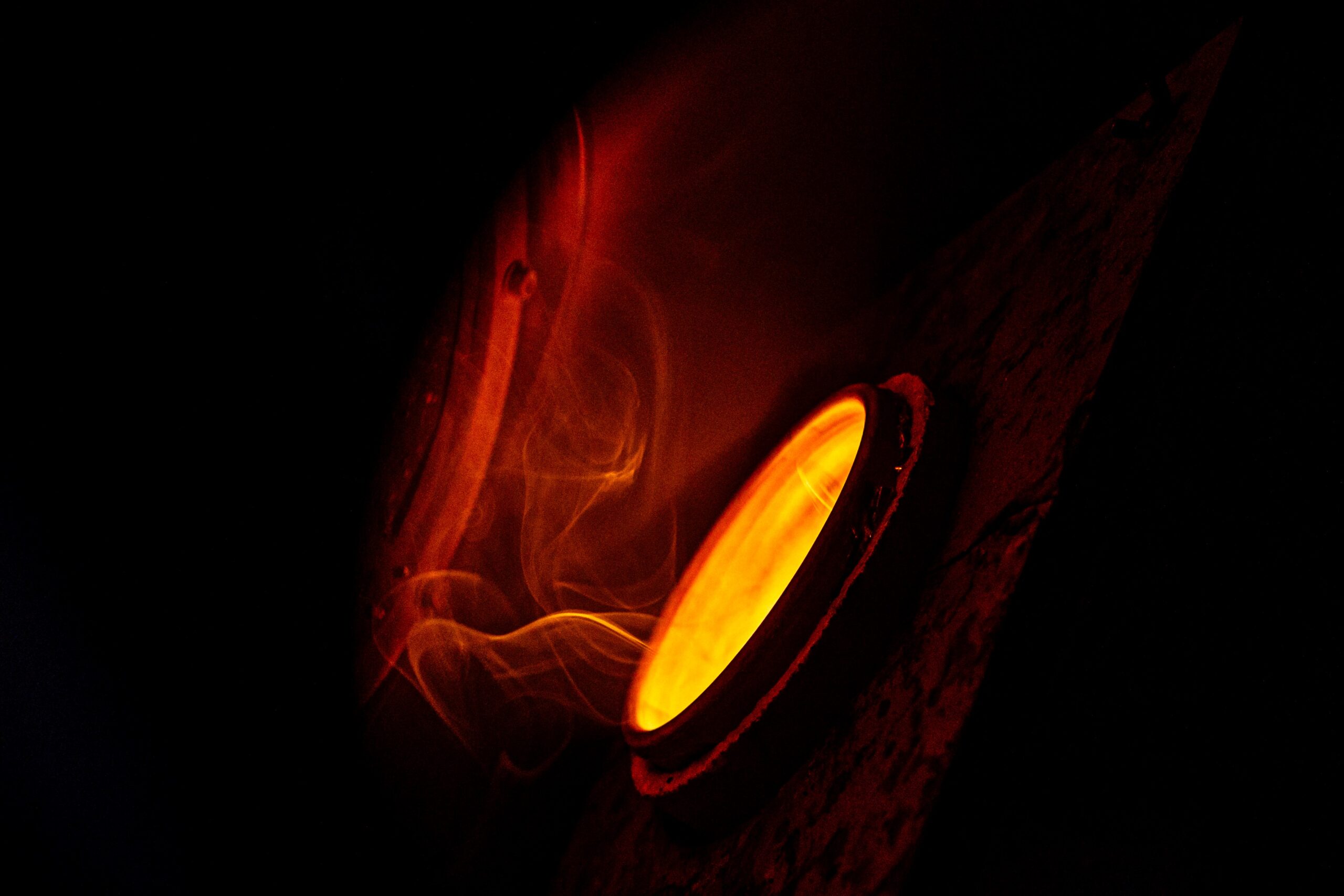Non-ferrous Materials and Scrap
We have a small pilot scale lab with everything needed to replicate what goes on in a steelworks.
We can create an alloy, hot roll it down into sheet metal and/or turn it into cold rolled thin plate steel that goes to other departments for testing and analysis. We can essentially do everything on a smaller scale as a UK steelworks.
Although we started out working mostly with steel, we are working with any metals and looking at new capabilities of using other non-ferrous materials such as glass. Currently we are working with companies to find ways of recycling by-products from the steelmaking process usually classed as waste into other usable materials and products.
Practical solutions for industry
Industry customers we’re working with in the pilot lab include aerospace, nuclear, military, and obviously the steel industry. But generally, we can work with any industry that wants to carry out research on, or improve on, an alloy or other materials.
We’re supporting smaller companies through collaborations to enable them to win manufacturing contracts and develop capabilities with machinery that would otherwise be unavailable to them.
We’re working with one customer, Wall Colmonoy, to develop their capabilities and cast concept parts of products in our Vacuum Induction Melting Furnace.
Vacuum induction melting
Our Vaccum induction melting furnace, or VIM uses electricity to create an induction field around materials prone to react in an induction field that will heat and melt them. Other metals that won’t react to an induction field can still be melted with the additional use of electrodes. The process takes place in a vacuum chamber to remove any gasses that might react with the heating or molten material.
As we can get a vacuum in the VIM of e-5 mbar and have tight control of all the parameters we have a higher probability of getting an accurate composition free from contaminants compared with melting under atmospheric conditions.
We work in a very collaborative environment. We work together to overcome challenges by coming up with new or alternative practices to simulate as closely as possible an industrial process.
Industrial decarbonisation
One of the current big industry challenges is carbon emissions and decarbonisation. One of the benefits of the VIM and rolling mills is they can be run on renewable electricity meaning we can run the pilot lab with minimal to no carbon emissions.
One way to reduce carbon emissions is to work towards a circular economy of not sending waste or scrap to landfill but to reuse or recycle the end-of-life products. We’re working on developing sustainable steelmaking by using scrap from the steel industry, to come up with cost effective ways of turning scrap metal into clean usable alloys. Once the scrap has been categorised, washed and melted further projects have revealing ways of removing unwanted elements and inclusions before casting a new clean alloy.
Being part of a university, we are a registered charity and are therefore set up to help industrial and non-industrial clients. This is reflected in how we approach research projects, working with our customers to give them real practical solutions that would otherwise not be available to them.
Please get in touch with us if you think we could support your company with our research.
Contributor Phil Staddon
October 2022
